Non-Blooming Cyclamen: Reasons Why Cyclamen Buds Don’t Open


Informed shoppers buy cyclamen plants when they are loaded with swollen buds so that they can enjoy the open flowers in their homes over a long period of time. Buds that fail to open lead to disappointment, and it is hard to get the plant to produce new buds. Find out why when cyclamen buds don’t open in this article.
Buds Not Opening on Cyclamen
Today’s cyclamen hybrids are bigger and more vivid in color than at any time in the past. Some of them also have a sweet scent. These lovely plants are a bit fussy to keep, but they are worth a little extra effort. Failure to meet their moisture and temperature requirements can lead to cyclamen buds not opening.
In their native climate, cyclamen flowers bloom during mild, Mediterranean winters when they enjoy cooler temperatures. Ideal daytime temperatures are between 60 and 65 degrees F. (15-18 C.), with night temperatures around 50 degrees F. (10 C.). Modern hybrids let you stretch these temperatures a bit, but they still prefer to stay cool.
At the same time, they prefer indirect light, so never set them in a bright window. If you aren’t sure whether you have direct or indirect sunlight, look at the shadow behind the plant. Direct light casts a crisp, sharp shadow, while indirect light will produce a fuzzy shadow, if any.
Cyclamen plants are more exacting about their water requirements than most plants. We’re taught to water our potted plants when the soil is dry at a depth of an inch (2.5 cm.) or so, but cyclamens want water when the surface of the soil feels dry. When you water the plant, don’t get the crown or center part of the plant wet. If there isn’t room to water the plant without getting the crown wet, set the pot in a dish of water and let it soak up moisture from the bottom for about 15 minutes.
As with most plants, you should keep the faded blossoms plucked off. This encourages them to bloom more freely and over a longer period. When deadheading cyclamen, it’s best to use scissors and clip them as close to the bottom as possible.
Mites and Non-Blooming Cyclamen
If you’ve met all of these requirements and your cyclamen flower buds don’t open, the answer may be cyclamen mites. These tiny creatures attack a wide range of flowering plants in greenhouses, but they do the most damage on cyclamen plants. They hitch a ride into your home on new plants and spread from plant to plant once inside.
Gardening tips, videos, info and more delivered right to your inbox!
Sign up for the Gardening Know How newsletter today and receive a free copy of our e-book "How to Grow Delicious Tomatoes".
You may not be able to see cyclamen mites with the naked eye, but you can see them clustered around flower buds with the aid of a hand lens. They are orange or pink and slightly transparent, and, unlike other mites that only have six legs, cyclamen mites can have eight legs. The females lay their eggs around the buds, and when they hatch, the larva enters the buds where they feed by sucking sap from the unopened petals. Infested buds never open.
These mites are very difficult to control, and they spread rapidly from plant to plant. The best solution is to dispose of infested plants to protect the other plants in your home. If you decide to try to save the cyclamen, keep it in isolation and keep the tools you use on it clean. Wear an apron when working with infested plants and leave it in the room with the plant. The mites don’t respond well to insecticides.
Trim the infested buds off the non-blooming cyclamen and immerse the top of the plant in a bucket of 110 degrees F. (40 C.) water. Leave the plant underwater for 15 to 30 minutes, making sure that the water temperature stays at a steady 110 degrees. Keep the plant isolated after immersion treatment until you are sure there are no more mites.

Jackie Carroll has written over 500 articles for Gardening Know How on a wide range of topics.
-
 Never Plant Seedlings Until They Pass These 3 Simple Tests
Never Plant Seedlings Until They Pass These 3 Simple TestsDon't be over-eager to transplant seedlings into the garden before they are ready. These quick and easy checks will help ensure flourishing plants.
By Mary Ellen Ellis
-
 Grow ‘Karl Rosenfield’ Peony Plants For The Ultimate Frilly Border Beauties And Cut Flowers
Grow ‘Karl Rosenfield’ Peony Plants For The Ultimate Frilly Border Beauties And Cut FlowersFor frilly double magenta peony petals infused with a heady fragrance, grow ‘Karl Rosenfield’ peony plants. Here’s how to cultivate the ultimate plushy blooms
By Tonya Barnett
-
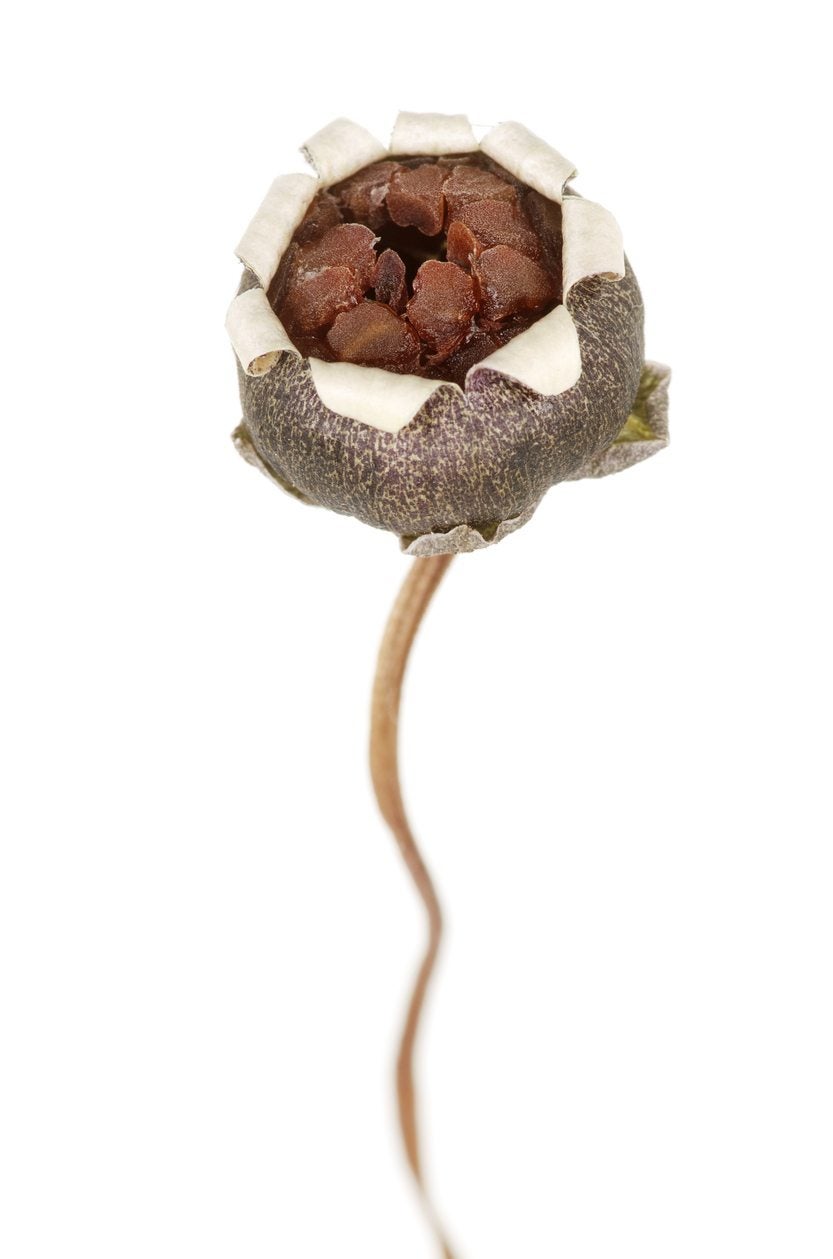 Cyclamen Seed Info: Can You Get Seeds From A Cyclamen
Cyclamen Seed Info: Can You Get Seeds From A CyclamenWhile cyclamen are tuberous plants and usually propagated by dividing, Mother Nature provides all plants with natural propagation methods. If you've ever wondered "do cyclamen plants produce seed," click here to learn about cyclamen plant seeds.
By Darcy Larum
-
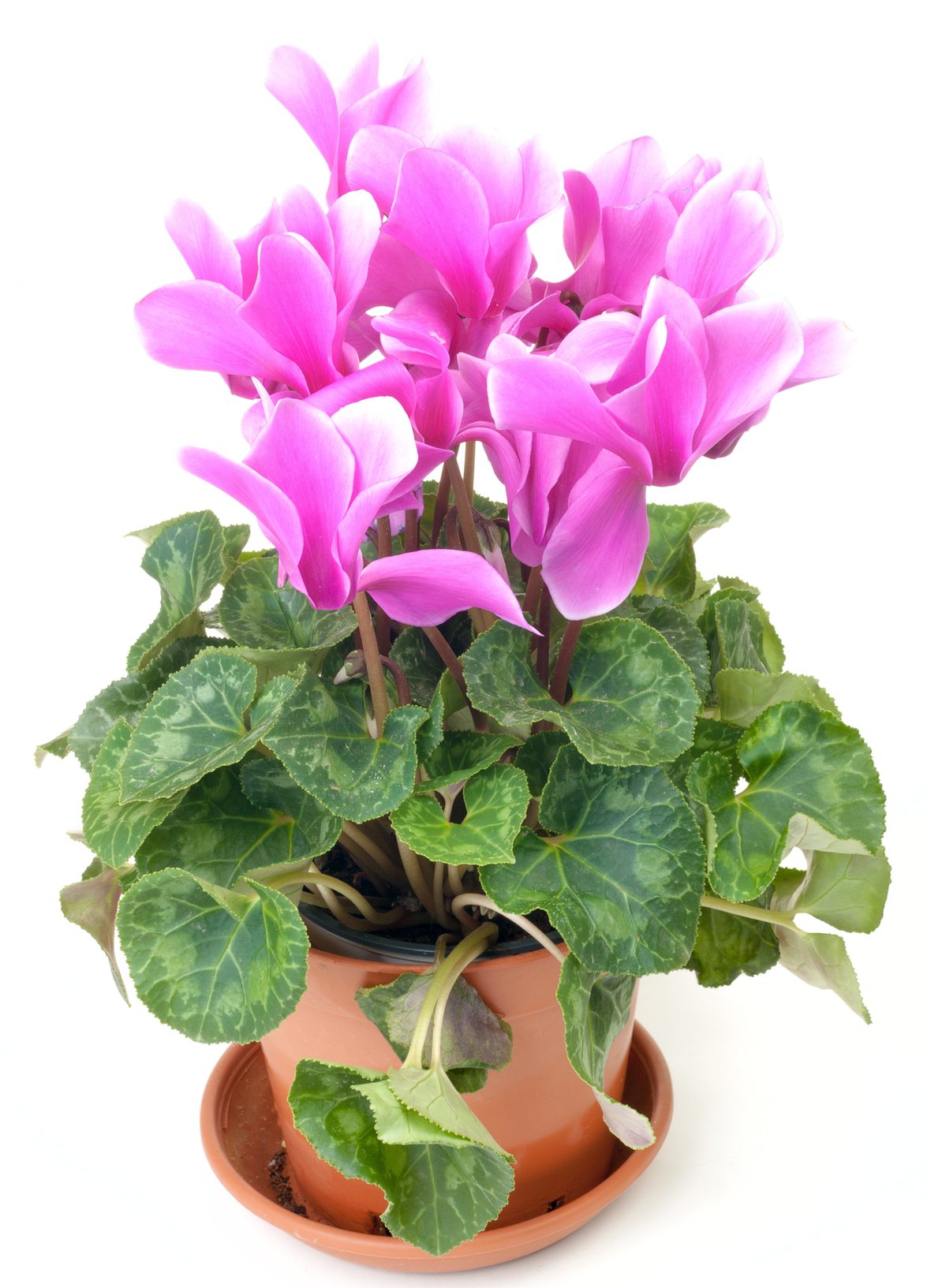 Cyclamen Care After Flowering: How To Treat Cyclamen After Blooming
Cyclamen Care After Flowering: How To Treat Cyclamen After BloomingFlorist's cyclamen is typically given as gifts to brighten up the indoor environment during late winter's gloom, but what about caring for cyclamen after flowering? If you've been wondering how to treat cyclamen after blooming, click here to learn more.
By Mary H. Dyer
-
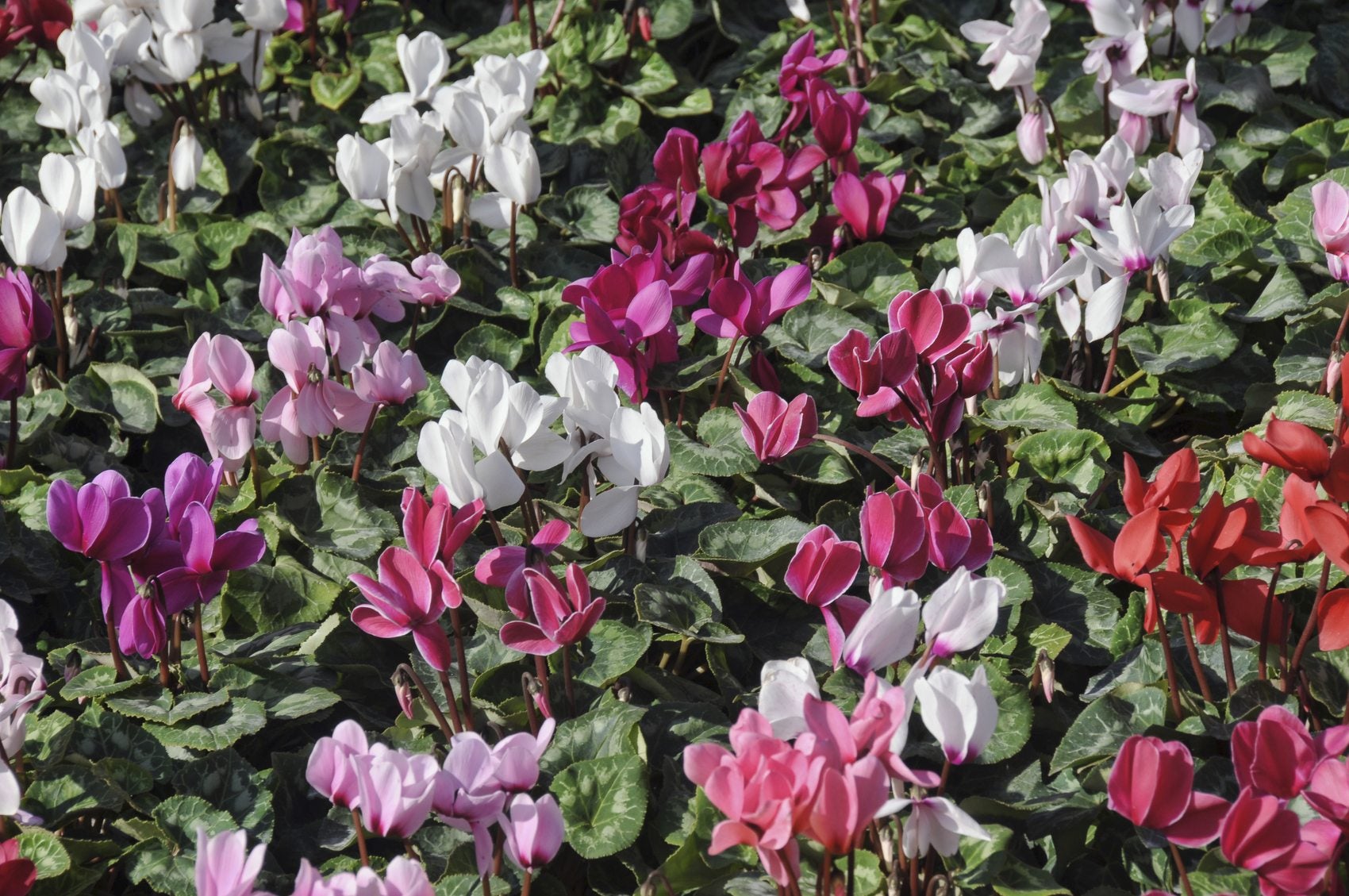 Different Cyclamen Plant Varieties – Learn About Types Of Cyclamen Plants
Different Cyclamen Plant Varieties – Learn About Types Of Cyclamen PlantsThe typical florist cyclamen is only one of many cyclamen plant types. In fact, there are more than 20 species within the genus. Click this article for a small sampling of cyclamen plant types and cyclamen varieties.
By Mary H. Dyer
-
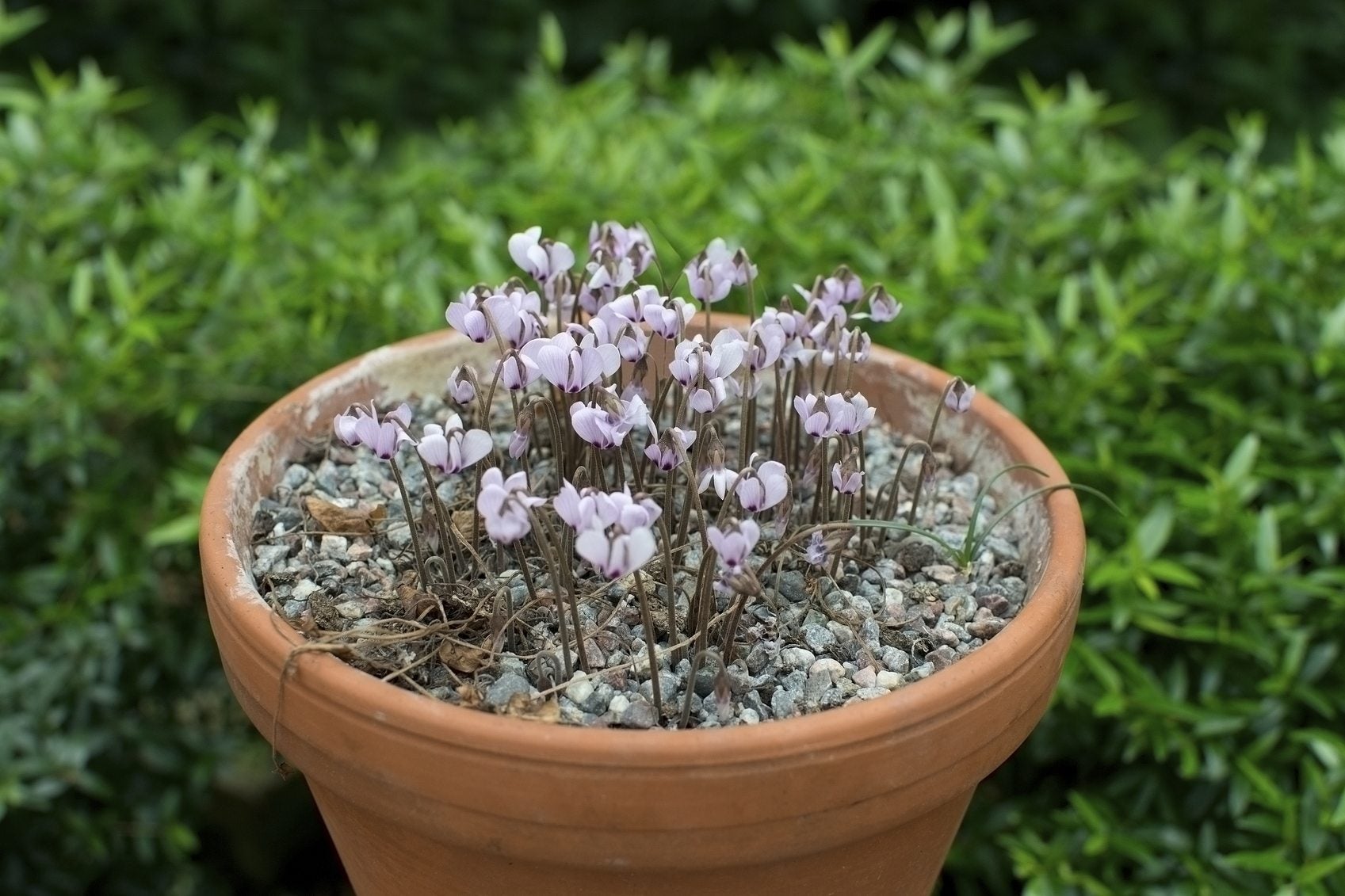 Container Grown Cyclamen: Outdoor Care Of Cyclamen In Pots
Container Grown Cyclamen: Outdoor Care Of Cyclamen In PotsCyclamen are low, flowering plants that produce bright, beautiful blooms in shades of red, pink, purple and white. While they do well in garden beds, plenty of gardeners choose to grow them in containers. Learn more in this article.
By Liz Baessler
-
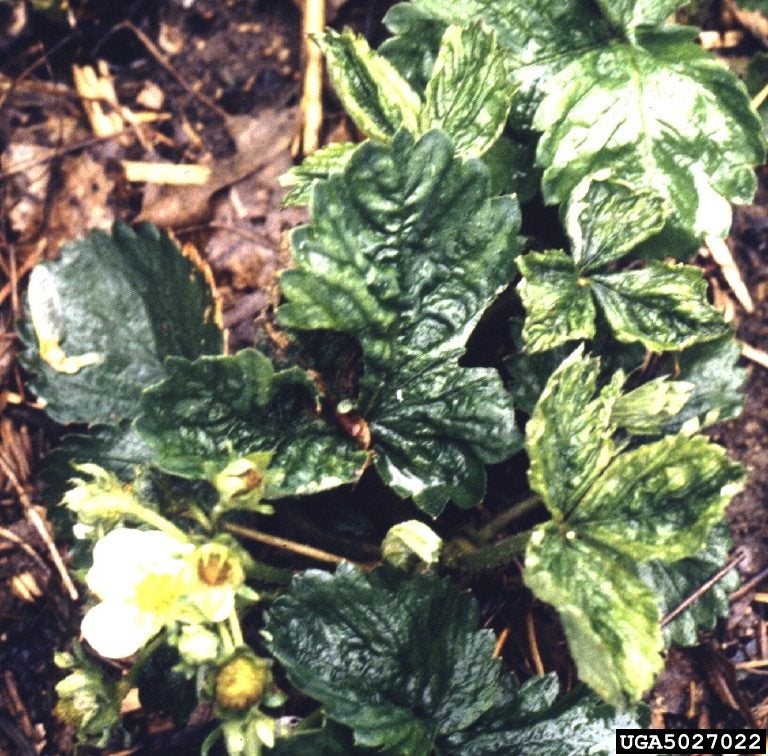 Yellowing Cyclamen Leaves: Solutions For Leaves Turning Yellow On Cyclamen
Yellowing Cyclamen Leaves: Solutions For Leaves Turning Yellow On CyclamenAre your cyclamen plant leaves turning yellow and dropping off? Are you wondering if there is any way to save your plant? Find out what to do about yellowing cyclamen leaves in this article. Click here to learn more.
By Jackie Carroll
-
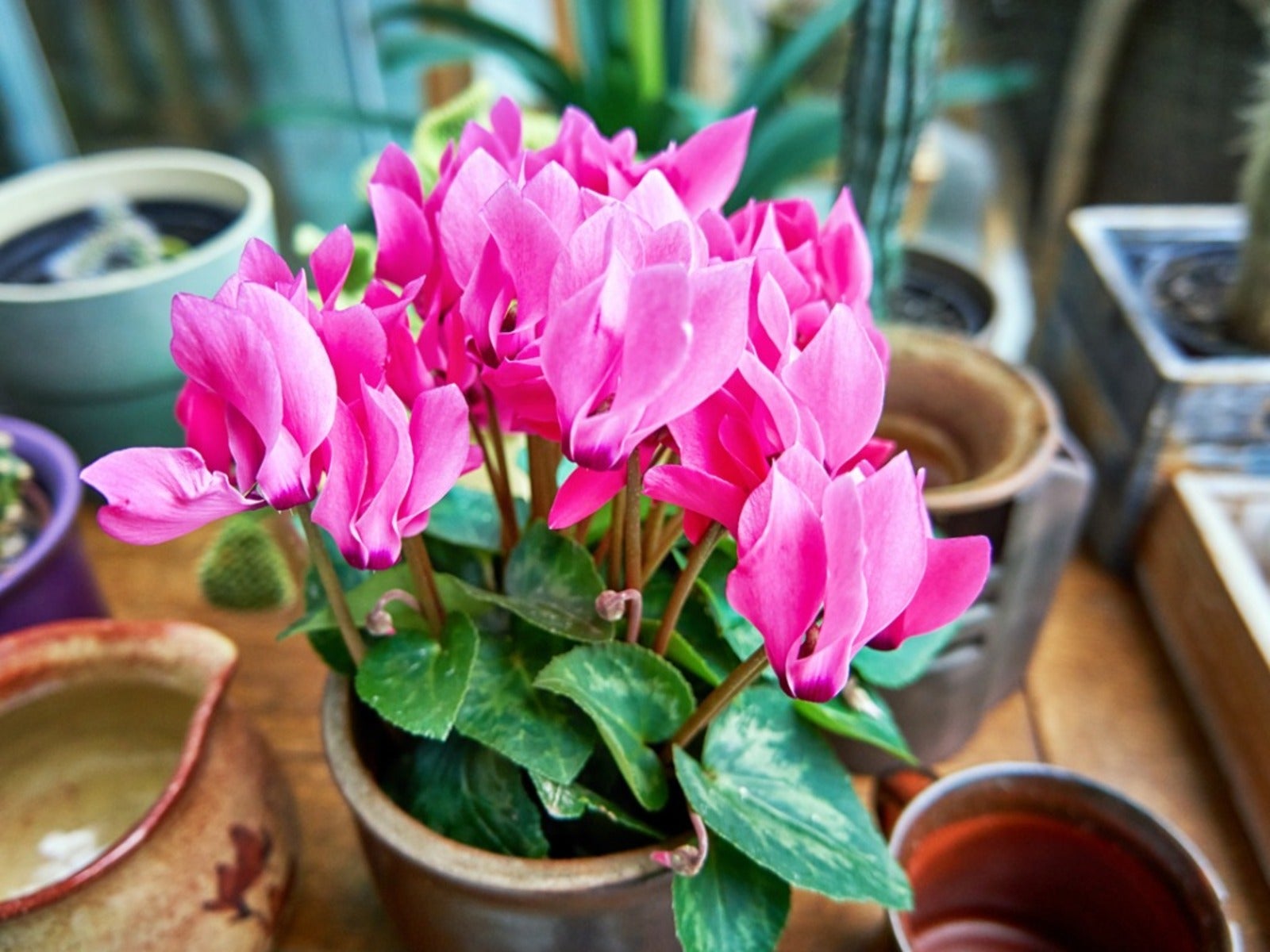 Repotting Cyclamen Plants: Tips On Repotting A Cyclamen Plant
Repotting Cyclamen Plants: Tips On Repotting A Cyclamen PlantMost plants need to be repotted sooner or later, and cyclamens are no exception. Click here to learn about cyclamen repotting methods.
By Liz Baessler
-
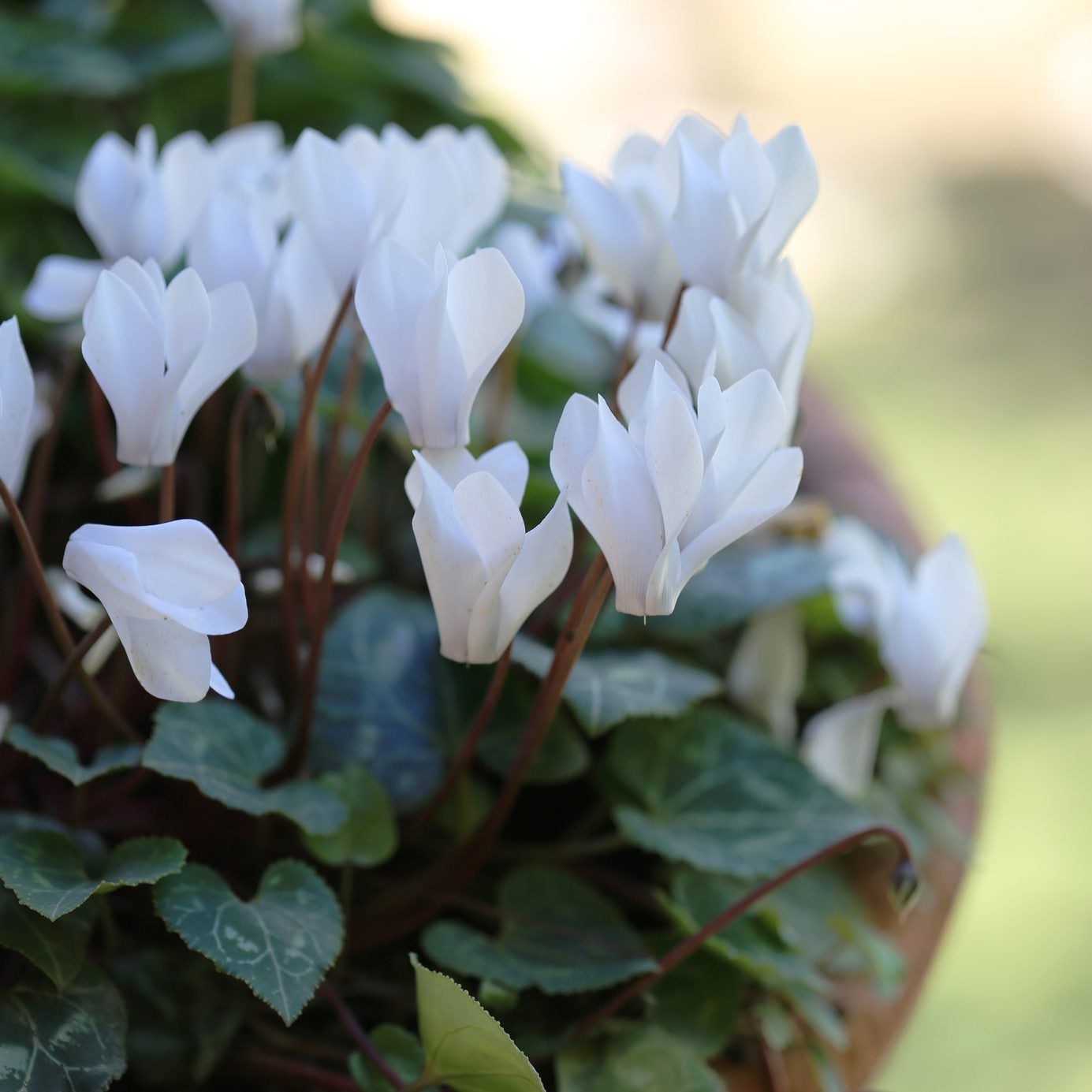 Cyclamen Plant Division: How To Divide Cyclamen Bulbs
Cyclamen Plant Division: How To Divide Cyclamen BulbsMany cyclamen plants become trash because people are unaware of how to properly care for them. Well cared for cyclamen plants can be grown for years and divided to create more. Learn about dividing cyclamen plants in this article.
By Darcy Larum
-
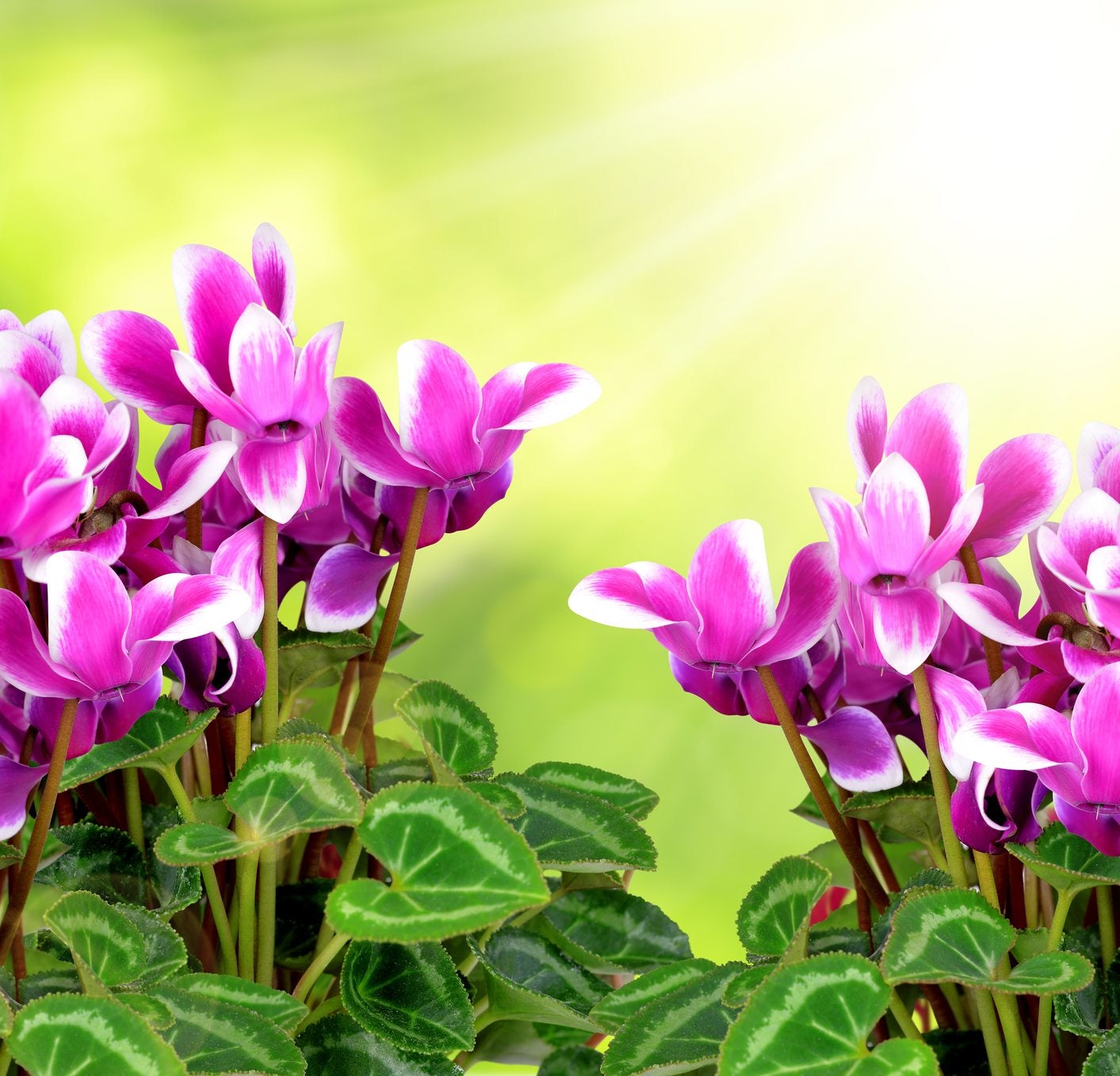 Feeding Cyclamen Plants: When To Fertilize A Cyclamen Plant
Feeding Cyclamen Plants: When To Fertilize A Cyclamen PlantCyclamen are traditionally a Christmas time plant because their delicate orchid-like blooms are at their full glory in mid-winter. As the blooms start to fade, you may wonder how and when to fertilize a cyclamen. Click here to learn about feeding cyclamen plants.
By Darcy Larum